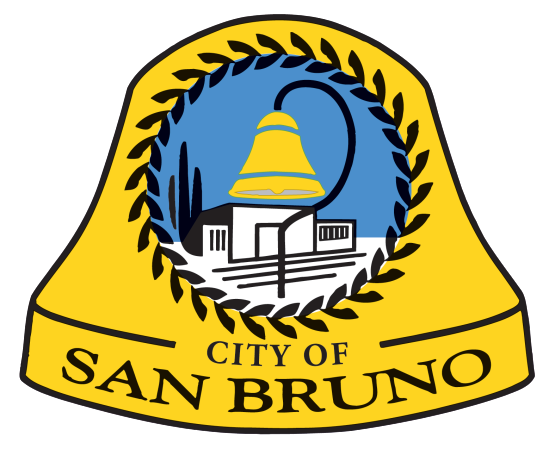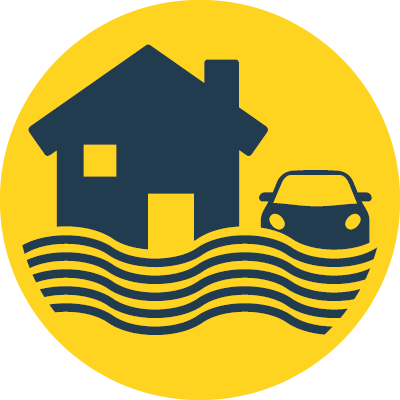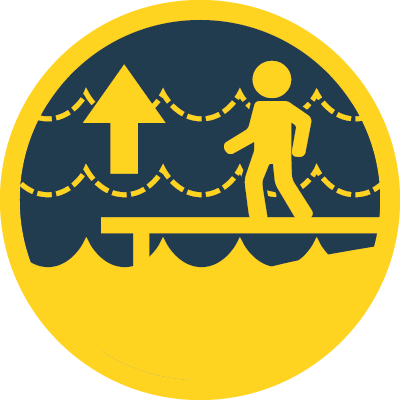
San Bruno
San Bruno is located on the San Francisco Bay Peninsula, adjacent to the San Francisco International Airport, Highway 101, and Interstate 280. The city stretches 3.5 miles from the relatively flat eastern areas along Highway 101 to the hilly western neighborhoods, which are located on the eastern facing slope of the Coast Range, gaining almost 1,200 feet in elevation. The eastern portion of the city is more urbanized and has a greater mix of land uses, while the western portion is primarily occupied by low-density residential development and open space. In addition to Highway 101, major transportation corridors include Interstates 280 and 380, El Camino Real, the Caltrain and BART rail lines. Google and the occupants of Bayhill Office Park are significant community employers.
San Bruno enjoys a mild climate characterized by cool, dry summers and chilly wet winters. Fog and low overcast are common during the night and morning hours in the summer months, which are generally very dry except for occasional light drizzle from the fog.
The City of San Bruno is already experiencing the effects of climate change, including extreme heat and wind events during the summer and fall and flooding in the winter months. Other concerns are extended periods of drought, flooding, and sea level rise.
Local Safety and Resilience Highlights

Seismic and Geologic Hazards
Earthquakes pose especially high risks to San Bruno because of the city’s proximity to several active faults with relatively frequent past movements. San Bruno straddles the San Andreas Fault and is approximately 18 miles southwest of the Hayward Fault. The San Andreas and Hayward faults are the two principally active faults in the Bay Area. In addition to shaking, liquefaction (when soils briefly act like liquids during an earthquake, causing structures built on them to collapse) is a risk in the eastern areas of the city where parts of the San Francisco Bay were filled in to create land.
Geologic hazards affecting San Bruno include expansive soils (when soils shrink and swell from moisture content), landslides, settlement, and erosion. Landslides and erosion are of particular concern in hilly areas of western San Bruno and near Junipero Serra County Park.

Flooding
Although San Bruno has very few areas designated by Federal Emergency Management Agency (FEMA) as 100-year floodplains, the City has identified several areas which occasionally flood due to combined high tides and heavy rain. Flooding typically occurs because of inadequate storm drains and low elevation, which subjects the areas to high tides. The City’s storm drain system does not function effectively at times of high tide combined with heavy rain.

Sea Level Rise
While San Bruno does not lie directly on the Bay, certain areas of the city may be vulnerable to sea level rise under certain sea level rise scenarios. Under more extreme sea level rise scenarios, portions of the city east of 1st Avenue could be permanently inundated.